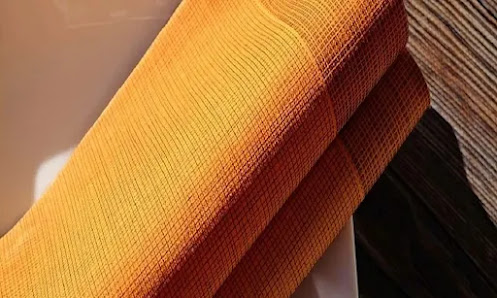Manufacturing Techniques Of Non-Woven Composites
A composite is the combination of multiple resources in different forms that can be used for many purposes. It involves two or more different materials created with a certain external form or shape and a certain internal structure. These composites are specially designed to create unique performance characteristics and mechanical properties.
Non-woven composites have more demand in various industries like medicine, automotive, building and construction and many more. The manufacturing of non-woven products follow two important steps: the web bonding method and the fiber web forming that will influence the final product’s characteristics. The web-forming method blends two or more fibers to enhance the final product’s characteristics.
The non-woven manufacturing process involves the combination of any webs of wet-laid, spunbond, dry-laid, melt-blown, and other webs to produce the non-woven composites. Further, two or more non-woven webs layers are included in the lamination, which uses the composite manufacture and the properties of layers. This post highlights some important manufacturing techniques of non-woven composites that will give a clear idea about the best combination of performance attributes to achieve your specific goals.
What are the important manufacturing techniques of non-woven composites?
• Film laminates
The film can be laminated to different non-woven composites, which can offer certain properties. Here, the non-woven composite can strengthen and provide support to the film. It has been identified that films can alter with different characteristics of non-woven such as breathability, porosity, water resistance, and others. Films can use pressure and heat, adhesive, or extrude directly onto the non-woven surface to laminate.
• Ultrasonically bonded non-wovens
Ultrasonic bonding is a unique manufacturing technique for non-woven composites. It creates localized heat by using high-frequency sound and vibration and leads to bonding thermoplastic fibers together. The spunbond polypropylene is frequently laminated with different layers of materials. This manufacturing technique creates a dot pattern using high-frequency vibrations. As compared to a single layer of the same weight, these composites provide better coverage and consistency while producing the final product.
The composition and weight of every layer can be adjusted to alter acoustical properties, foam or liquid penetration, filtration characteristics, thermal properties, and other characteristics based on its application.
• Needle punching technique
Needle punching is a popular technique used for making non-woven composites. It takes loose fibers to needle them. A complete needle loom set of barbed needles are used to force the fibers to entangle themselves by pushing through. However, it requires thick needles to be inserted and kept holding into place.
• Hydroentangling or Spunlace method
Hydroentangling, or the Spunlace method, is a popular technique for non-woven composites. It involves a high-pressure liquid stream on the dry-laid web by entangling the fiber to form a non-woven fabric. The manufacturing process cards the fibers and organizes them to form a dry-laid web. It also uses jets of water to entangle the fiber.
• Spunbond method
This method melts polymer chips by stretching the molten filaments and spinning the molten polymer to form filaments. After that, it spreads the fiber bundles by separating many filaments and forming a web by laying down the fiber on the net. This technique can bind the fibers in a sheet form through embossing and thermal bonding.
It is considered to be the simplest technique for non-woven composites, which consists of four important processes such as drawing, spinning, web bonding and web formation. It provides a complete non-woven product by going through either the polymer or chemical stage in the manufacturing process.
Sometimes different layers of a single type of non-woven or two different non-wovens may be laminated together using pressure and heat or adhesive. Here, the use of different layers may offer improved filtration or coverage characteristics. When the lamination process involves two different non-woven, the modification can be conducted in the color, hand, and other physical attributes. It has been identified that a custom design is always associated with non-woven composites along with specific applications.
After understanding various important manufacturing techniques of non-woven composites, you can contact your nearby service provider or representatives to discuss your specific needs and manufacturing methods. Whether you belong to automation, building and construction, medicine, geotextiles, and others, the right service provider can suggest the best manufacturing process for the selection of non-woven composites.



Comments
Post a Comment